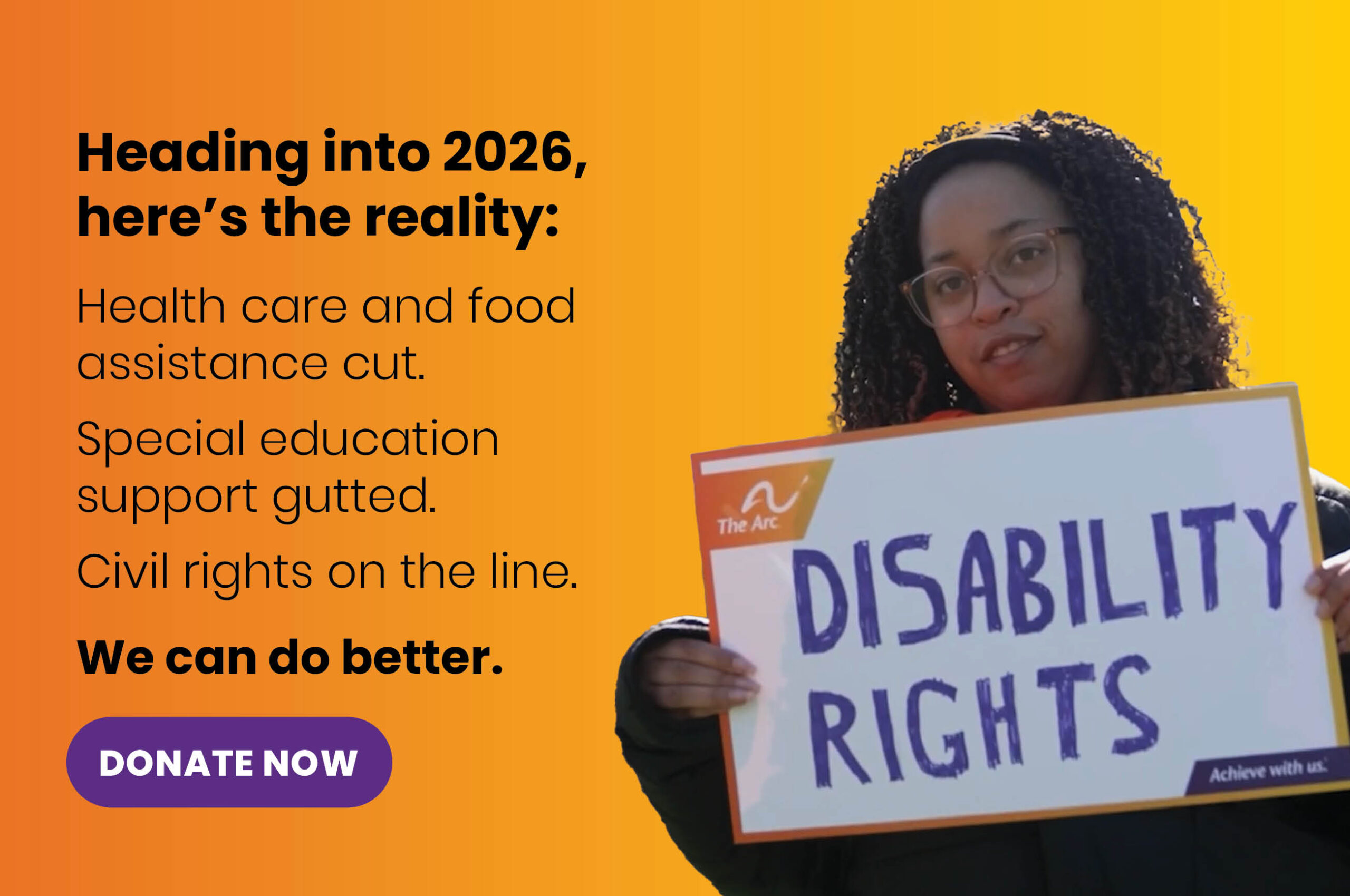Introduction to the IDEA
 The Individuals with Disabilities Education Act, or IDEA, is the federal law that requires states to provide early intervention and special education services to children with disabilities, from birth through age 21. The law was first passed in 1975. Originally, the law only required schools to provide special education services to school-age children, ages 5 through 21. However, the law was changed in 1986 to include services for younger children, from birth through age 5. The law was most recently amended, or changed, in 2004. All states must comply with the IDEA. This website will share information about the federal law that applies to services in all states. However, states also pass their own laws and rules about how services are provided to students with disabilities. Therefore, always check the laws and rules in your individual state.
The Individuals with Disabilities Education Act, or IDEA, is the federal law that requires states to provide early intervention and special education services to children with disabilities, from birth through age 21. The law was first passed in 1975. Originally, the law only required schools to provide special education services to school-age children, ages 5 through 21. However, the law was changed in 1986 to include services for younger children, from birth through age 5. The law was most recently amended, or changed, in 2004. All states must comply with the IDEA. This website will share information about the federal law that applies to services in all states. However, states also pass their own laws and rules about how services are provided to students with disabilities. Therefore, always check the laws and rules in your individual state.


